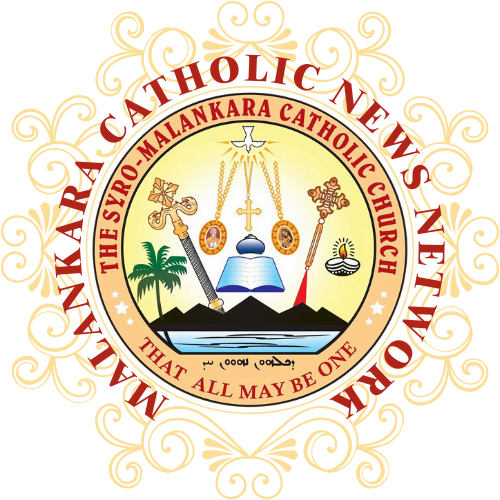Sinimol, who is blind, is happy that she is no longer a burden to her family. In fact, the 20-year-old woman supports them with earnings from her “petty shop” in Kerala state, southern India.
She set up her business through Trivandrum archdiocese´s Health for One Million (HOM) project. The brainchild of Auxiliary Bishop Lawrence Mar Ephraem of Trivandrum, it helps poor families in Kerala.
Implemented under the Malankara-rite archdiocese´s Jana Kshema Sangam (JKS, people´s welfare society), HOM assists area health care and development.
Bishop Ephraem, who chairs JKS, says “micro-level” health-based community development has become an agent of change for poor families. Incorporating recent health-care thinking, HOM mostly helps poor married women.
“We do not seek solutions to all their problems, but try to create a system that awakens them to the problems and educates them to solve them,” he said.
“HOM makes beneficiaries agents of their own health and development,” says the former secretary general of the Catholic Bishops´ Conference of India.
HOM coordinator Sister Eymrad says the project helps hundreds of mothers and families. It has helped save children from malnutrition, rehabilitated the disabled, assisted elderly to get pensions and taken the sick to hospitals.
She said women are targeted because “only she can change the family.”
Bishop Ephraem said he launched HOM in 1975, inspired by the Catholic Hospitals Association of India “Health for One Million” convention theme in 1973, when he was in charge of an archdiocesan leprosy hospital.
In its first phase, 1976-1980, some 1,000 village workers were trained.
In 1980, 1,057 volunteers attended a convention in Thiruvananthapuram, Kerala´s state capital, 2,780 kilometers south of New Delhi.
Of the volunteers, 756 were married and 301 unmarried; 569 were Christians, 419 Hindus and 69 Muslims; 387 had attended primary school, 357 middle school, and 263 high school, and 50 were illiterate.
In its second phase, 1981-2000, HOM focuses on growth monitoring, oral rehydration therapy, breastfeeding, immunization, women´s education, food supplements and family planning.
The project aims at rehabilitation, community-based ecology and development, by increasing the body weight of malnourished children and also improving the nutrition of pregnant or lactating women.
It monitors growth of children under 5, encourages breastfeeding, and promotes oral rehydration, immunization and kitchen gardens.
Since 1981, the year of the disabled, HOM regularly surveys the handicapped and updates its data. Workers are trained to detect early signs of disability.
The scheme depends on local resources mobilized by workers for its funding. Each member contributes to its revolving fund annually. They also deposit earnings with HOM, which gives them interest.
This money is used for income-generating schemes such as Sinimol´s petty shop. The archdiocese´s village credit unions provide banking.
The HOM general survey includes families´ income levels, helping low-income families to use government and voluntary facilities to improve their economy.
It promotes cultivation of herbs and local medicines, and its volunteers help in reforestation and vegetable cultivation.
Sister Eymrad said loan repayment is “almost total among beneficiaries,” attributing HOM´s success to its structure, its main strength being units of people “awakened to local problems and aware of resources” in each village.
The governing board meets monthly at the archbishop´s house in Thiruvananthapuram. “It is doing a wonderful job,” says Archbishop Benedict Mar Gregorios of Trivandrum.
Alok Mukhopadhyaya, who studied the project with the help of the Ford foundation, also gave it a positive evaluation.
“HOM is an outstanding example of how a Church can use local resources, community organizations, development principles and governmental and financial institutions to empower the community,” Mukhopadhyaya says.

